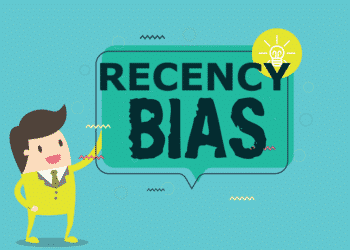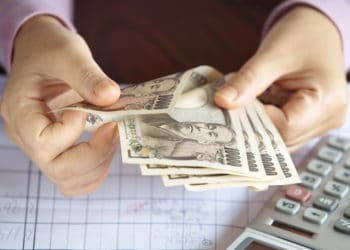Day trading is an emotional career. Making a big profit in trade leads to significant joy while making a big loss can have a toll on many traders. Indeed, many traders have moved into a depression after making a big loss. Others have even committed suicide after making a major loss. In this article, we will look at some of the most common emotion states that day traders go through every day.
Hopeful
Most forex and stock traders start their days feeling a sense of optimism. They are hopeful that their trades for the day will be successful. Therefore, they start doing their analysis as usual. Most start by reading the news that is moving the markets, looking at the economic calendar for potential signals, and by reviewing their trading journals. They also do technical and price action calculations before initiating their trades. Finally, they open their first trades and feel optimistic about the outcome.
Joy or happiness
Another important emotional state many traders go through is known as happiness or joy. This state overwhelms them when their first trades start going on as they had predicted. For example, if they had based their trade on a bullish flag or pennant, they get excited when the pattern turns out to be accurate. When this happens, many traders start to focus on other currency pairs in a bid to find other opportunities.
Sadness
The opposite of the second state is sadness. Many day traders start feeling sadness when their trades fail to work. For example, if they predicted that a bullish breakout would happen, they feel sad when the opposite happens. When sad, less experienced traders can do ill-advised things. For example, they can close their trades prematurely. They can also extend their stop-loss, hoping that a reversal will happen.
To prevent these situations, we recommend that traders should do several things. First, they should size their trades well to ensure that they don’t make a bigger loss than they can handle.
Second, if they make a loss, they can stay away from the market for some time. Doing this will prevent them from making irrational mistakes. Third, they should use reasonable leverage to reduce their loss potential.
Fear
Fear is another popular emotional state that many traders face. They can be fearful of several things. First, they can be afraid of starting a new position. This is most common among new day traders or relatively experienced people who have suffered a major loss.
Second, they can be fearful about closing an existing trade, whether it is in the profit or loss zone. In a profiting trade, they fear that the asset will continue moving in the same direction. In a loss-making trade, they are afraid that the currency pair will reverse.
This emotional state can be avoided by having and sticking to the stop loss and take profit. A stop loss will stop a trade automatically when it reaches a certain loss level while a take-profit will stop it when it makes a certain profit.
Euphoria
Euphoria refers to a situation where there is a lot of excitement about something. A good example is the Wall Street Bets craze that happened in February 2021. The upward trend in the cryptocurrency market can also be described as a state of euphoria.
The same thing usually happens in the forex market. For example, you can buy a currency pair at 1.1200, and it then starts a strong rally. As the rally continues, you continue adding into your trade. While this is a good strategy, it can also be said to be euphoria.
In most times, trading in a period of euphoria can lead to significant losses. This is partly because of the concept known as accumulation and distribution. When the pair has an unstoppable rally, they say it is in an accumulation phase. It will then reach a point where investors start to distribute, which will push the price lower.
You can avoid being caught up in a euphoria by using a stop loss and take profit. Also, having a good entry and exit strategy can help you in this.
Panic
Panic is a common emotional state in the financial market. Some of the best-known periods of panic are the dot.com bubble, the 2008 housing crisis, and the sell-off during the initial days of the coronavirus pandemic.
Panic happens when assets like stocks and equities start going red. As their price drops, investors start to dump their positions en masse.
The same can happen to a day trader. For example, assume that you have opened four trades. After starting out well, they all start nosediving. The trend goes on for a few hours. In this situation, many traders will panic and exit all their trades.
You can avoid panicking by doing several things like sizing your trades well, having a good leverage, and having a stop loss.
Denial
A state of denial is a situation where a person fails to acknowledge their weaknesses. This is a popular emotional state that many day traders go through. For example, an inexperienced trader who has a genuine love for the forex market can be in denial about their strategies. As such, the trader will keep using the same strategy for a long time only to lose money.
A state of denial can be a dangerous thing for most traders because it exposes them to substantial losses. Therefore, the most important way to deal with it is acceptance. If you keep trading using a strategy and making losses, you can accept that probably you are not a good trader. By accepting, you will be in a good position to change your strategies and become a successful trader.
Summary
In addition to skills and experience, emotions are an important component of day trading. In fact, in the past, we have seen many excellent traders and investors who have lost a fortune because of emotions. In this article, we have looked at some of the most common emotions that traders go through. Others that we have not mentioned are anxiety, despair, capitulation, and depression.







